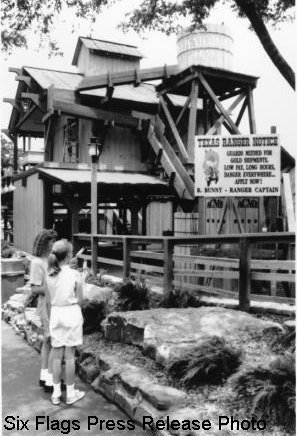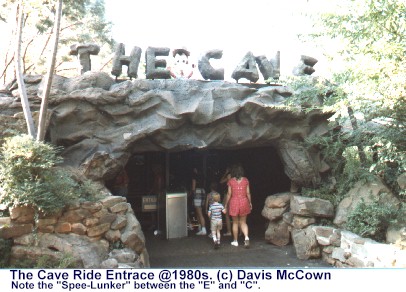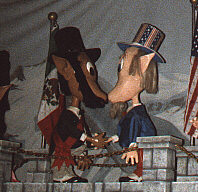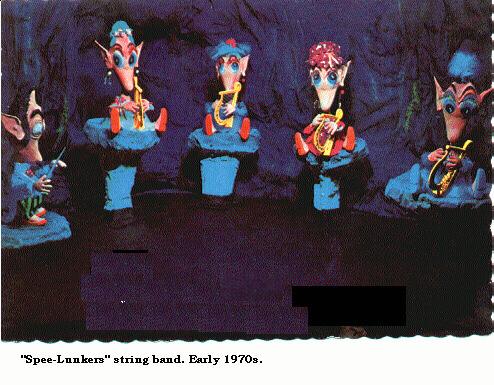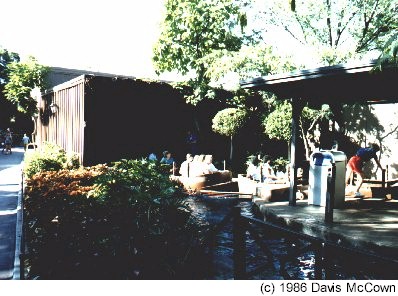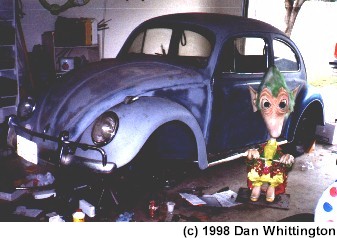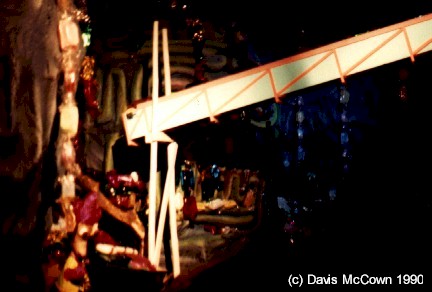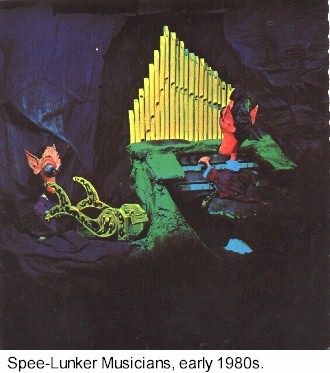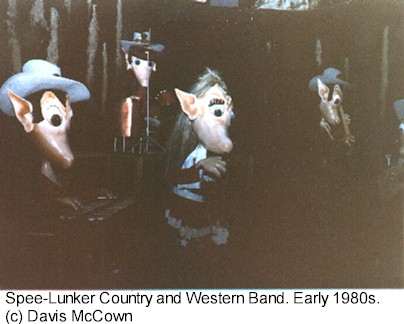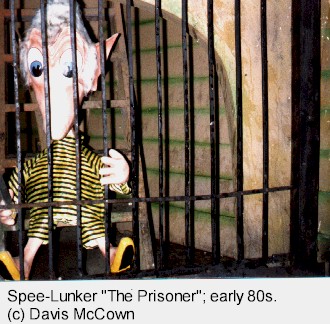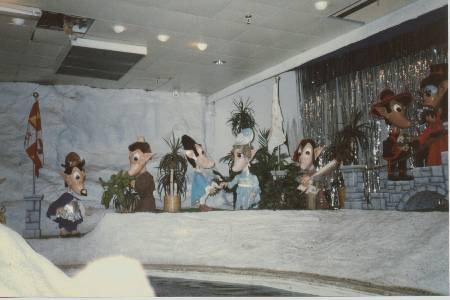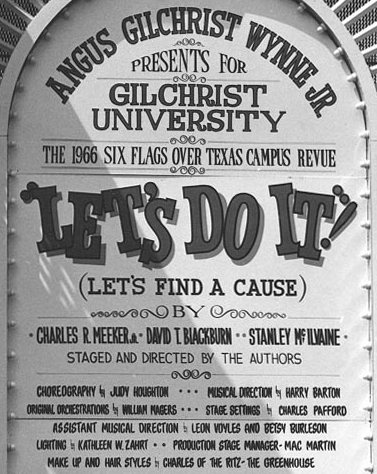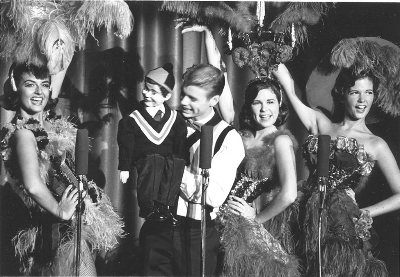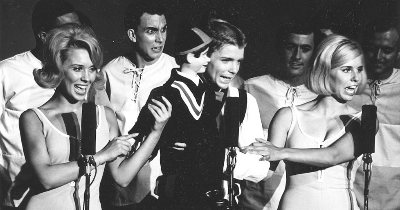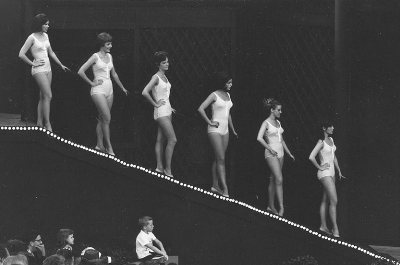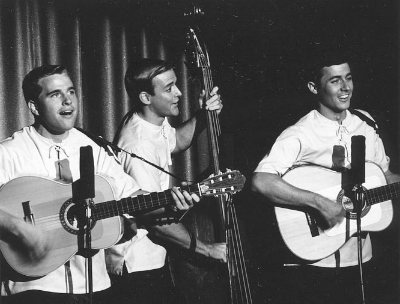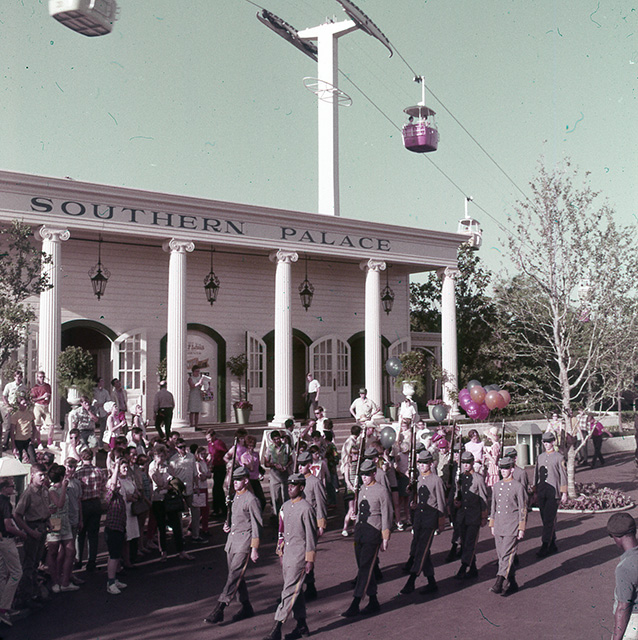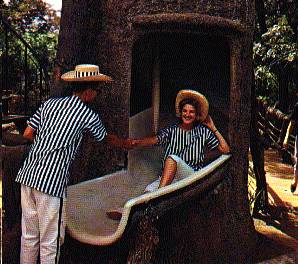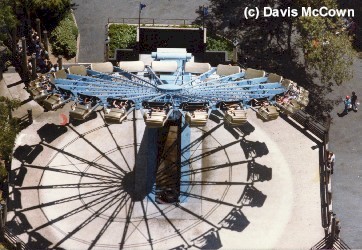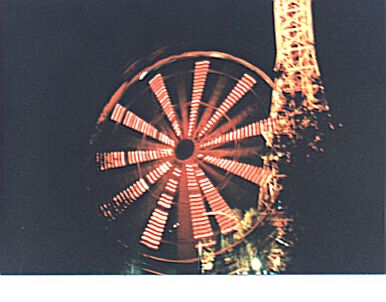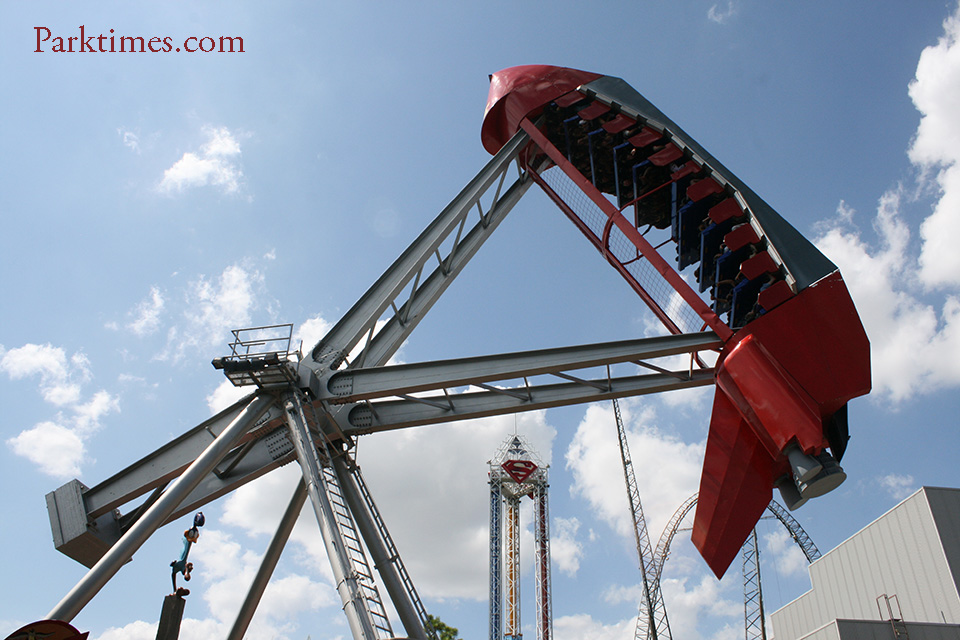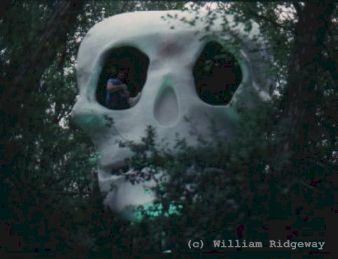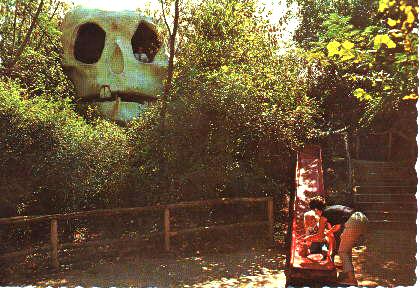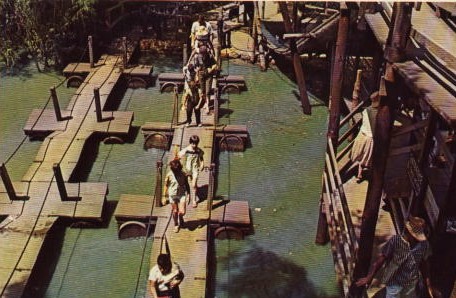Last Year Operated: Currently Operating
Section: Confederacy
Manufacturer: Premier Rides
Other Names and Nicknames:
Runaway Mountain Rollercoaster, Six Flags’ eighth roller coaster, was added for the 1996 season. Runaway Mountain is located in the Old South (Confederacy) section between the Southern Palace and Nalar’s Plantation house. The area had once been occupied by the Skull Island River Raft queue house and the more recently removed Spinnaker.

Runaway Mountain utilizes single unit cars rather than the trains common with the other roller coasters. Runaway Mountains key feature is that the entire ride is inside. The darkness of the interior prevents the riders from knowing whether they are going up, down, left or right. This lack of knowledge makes the ride more thrilling, even though it is not as tall or fast as the other major coasters.
The four seat cars reach speeds of up to 40 mph and g-forces of up to 3.6.This is actually faster than the 39 mph estimated at the time for the Texas Giant, and the 2.7 g’s pulled on the Giant. The ride includes drops of nearly 90 degrees, banked turns at 82 degrees, and two high speed horizontal spirals.
The ride lasts one and a half minutes and can entertain a thousand guests an hour.
The publicity for the ride resembled the story line for the original skull island. As with the Skull island, which was located at the same spot, the mountain was said to contain gold left there by the famous pirate Jean LaFitte. The riders search for the gold as they explore the mysteries of the mountain. The ride’s tagline is the “Coaster that dares the Darkness.”
The ride was designed using the most current computer aided design techniques and was a “heart-line design”, meaning that the riders heart was used as the center of gravity. The ride also employed state of the art computer controls as well as a chainless lift that provided much quieter operation.
The ride was built by Premier Rides of Maryland and was originally based on three twelve passenger trains.
In order to avoid confusion of the names, “runaway” was removed from the Runaway Mine Train’s name, which was shortened to simply the “Mine Train”

